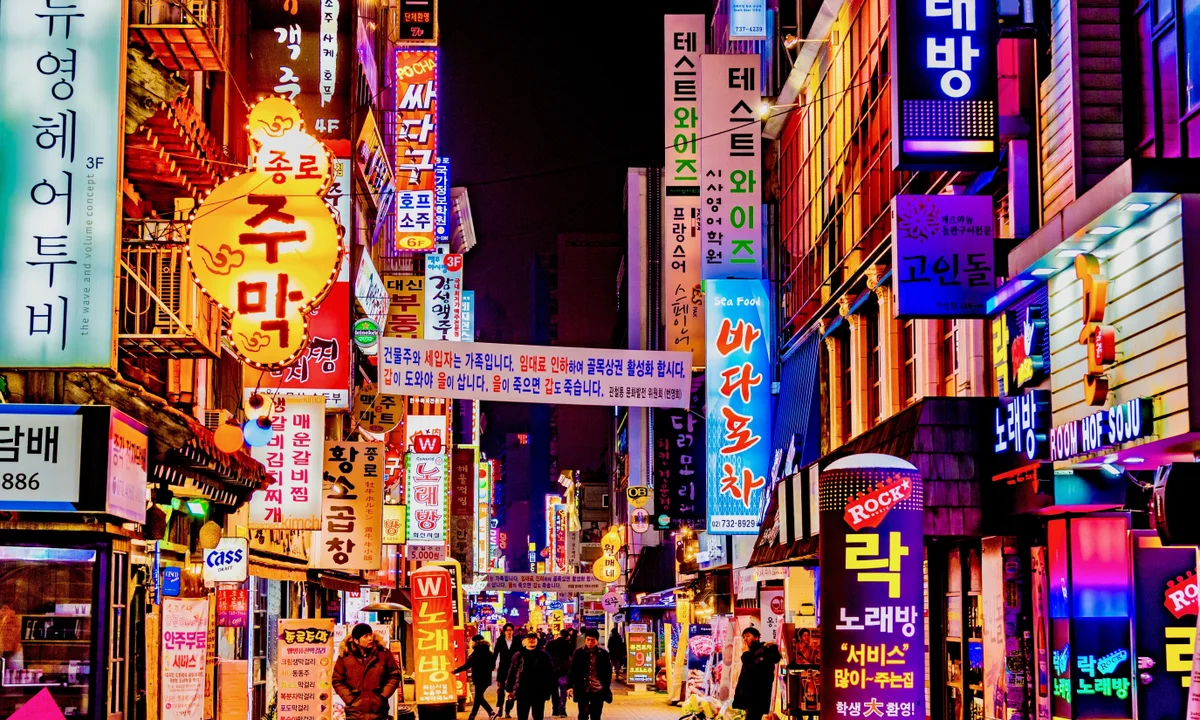
Raw power and fragility combined in the southern end of continents-many big icebergs, hundreds of miles untouched glaciers until melting point into endless snow plains rising jagged mountain ridges swept right back out into the deep sea of sweeping beauty-that cannot be seen anywhere else in this world. It’s only there where you enjoy and feel nature without even a bit of disturbance because, of course, human existence is itself a form of disturbance, though nowhere found there.
From waddling penguins to the giant ice shelves, part of this landscape of this continent would be part of what makes it the place that most adventure-seekers, scientists, and nature lovers want to dream of coming by to look at the wild as really it is.

So far, we have given you the best places to visit in Antarctica, weird animals of Antarctica, what to eat, and how prepared you should be in terms of accommodations, among many other things. Now that we try answering some of your most frequently asked questions, let’s take it a little further back in history. We try to give an overview of the expeditions in Antarctica, the sustainable tourism that was held there, and stuff you ought to know-the packagings for that once-in-a-lifetime trip into the frozen continent.
Why Visit Antarctica? An Adventure like No Other
Not everyone can visit Antarctica and describe this continent, which is pretty cold and does not resemble any near races of human beings. This bars the weather from allowing humans to roam free around this area; however, this grants adventurous minds an unmatchable opportunity to look for picture-perfect views on all sides of earth.
That presents the scale of beauty over this continent just like ice-covered grounds to present a wild playground to beasts of the field as well. Haven for scientific research: most pertinent facts on climatic change, glaciology, marine biology, and more. It just so happens to be one of the less disturbed continents as far as human interventional effects go and therefore is one of the most cherished ones the world has in store for its science research workers and conservation workers, too.

Visiting Antarctica offers:
- Unmatched Natural Beauty: Some of the views in the world, perhaps unmatched anywhere in the world-a chance to view the scenes written only in sci-fi novels.
- Wildlife Encounters: Wildlife views of Emperor Penguins, humpback whales, seals, and seabirds
- Historical Significance: History-soak in history of how man explored earth’s toughest environment by going through the research stations and places of scientific understanding aspects like climate and ecosystems.
- Adventure: One of the last, really last untrodden frontiers on this earth, it is the first real shot to gain a feel of the thing that lives off the grid.
Must See Destinations in Antarctica
However, it hosts peculiar places and almost a must-go to the pristine region. Some of the wonderful sites visited and listed from ancient sites to peculiar wildlife habitats and exceptional features of nature:.
The Antarctic Peninsula: Tourist Centre
The Antarctic Peninsula is indeed regarded as the most visited region within the entire continent, but also now much more accessible and closer to South America. It has stunning dramatic land with wonderful wildlife.

- Paradise Bay: Off the coast of the Antarctic Peninsula, this bay is one of the most beautiful scenarios in which white snow-capped glaciers rise majestically above a glacial calm bay in which icebergs float. You are likely to find penguins or some seals at this bay too. Not so far from here is Port Lockroy. An old natural harbor had eventually been turned into a museum with a post office also there.
- Antarctic Sound (Iceberg Alley): The track is always known as the **Iceberg Alley because enormous icebergs drift through the water to make such a frighteningly beautiful view. It looks even more alien and pretty ghostly in nature. In this Antarctic sound, enormous floes fill normally in the production of some of the most amazing photographs from the world’s most gorgeous landscapes.
- Neko Harbour: One of the very few places that one should visit on an Antarctica visit, where one can have a chance of standing on land midst penguins and seals amongst many others. One of the best things a person would hike into with views of glaciers as well as capped snow mountains surrounding the harbour.
South Georgia Island: Home to Wildlife
Technically not one of Antarctica’s territories, South Georgia Island is an accepted port of call for most Antarctic expedition cruises. South Georgia is positioned 1400 kilometers/870 miles from the Falkland Islands off Argentina and Chilean coasts. South Georgia has the most varied and dramatic landscape with towering cliffs, glaciers and plentiful wildlife beaches.
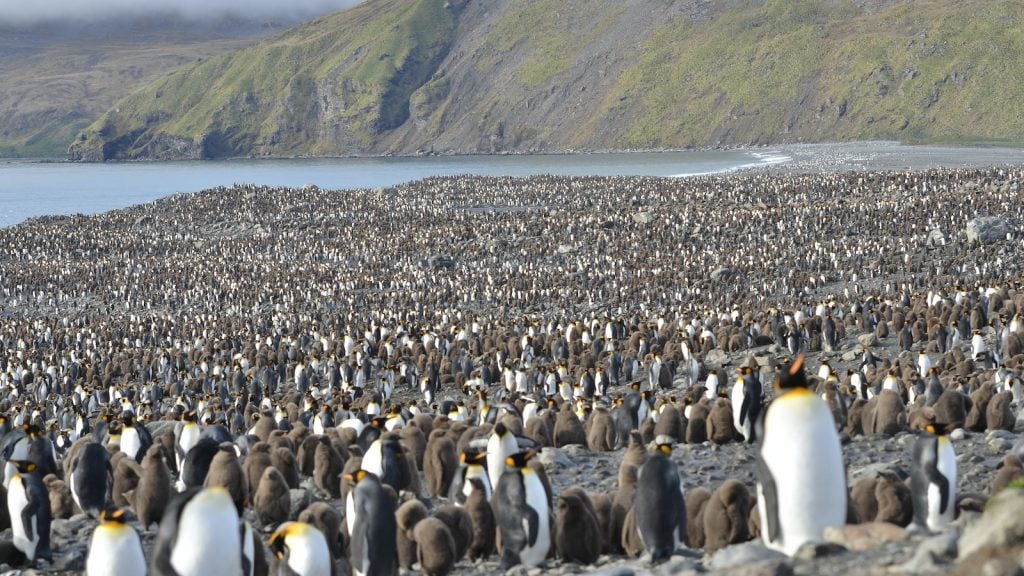
- St. Andrews Bay: It is one of those places in the earth where one might be able to sight millions of King Penguins population in gigantic numbers. Thousands huge elephant seals along with seabirds varieties inhabitants alongside the island on every snapshot.
- Grytviken: This abandoned whaling station has been converted to a museum and it is also where Ernest Shackleton lies buried. Shackleton’s story has to do with South Georgia Island because he led his crew into the failed voyage in an effort to sail to the South Pole. Here also, visitors can walk around the remains of the whaling station for more information on the whaling history.
Ross Sea Region A Wilderness in Remote Alaska
Obviously, the area around Ross Sea is one of the most remote and pristine remaining regions in the modern, contemporary world of wild Antarctica. Such a region does feature several of the key scientific stations and glaciers with their surrounding environment as including some pretty interesting points of interest.

- McMurdo Station: the largest of the science stations in Antarctica. McMurdo Station is often enough a scientific community center, so it is not typically open to broad interest in that regard. Often in view from cruises along the Ross Sea and the history at historic sites like the near-at-hand Scott’s Hut and Shackleton’s Hut are over.
- Mount Erebus Mount Erebus is the world’s most active volcano. Its appearance appears other-worldly due to persistent fumarolic activity producing a constant emission of steam and volcanic gas. In addition, the volcano also sports a permanent lava lake; so it remains one of the earth’s volcanoes, that exist in the sense of a liquid lava lake.
- Ross Ice Shelf: The largest ice shelf covers over 487,000 square kilometers. One gets drowned out by the size of this phenomenon and may even its self and can view these tremendous icebergs that break off from this shelf in the sea as well
Deception Island: The Volcanic Wonderland
Deception Island is volcanic and active and forms part of the South Shetland Islands. In fact an island is formed by a caldera of volcanoes but probably one of the most isolated landscapes is that of sheer majority of Antarctica’s ice-covered large landscapes.

- Mount Erebus: It’s a privilege to swim in such geothermal natural hot springs in Antarctica and only a few can reach them. Volcanism heated the place deep inside the ground that makes this unique tourist experience.
- Whaling Stations Ruins: Deception Island is the nerve center of whaling stations and one can take a round tour of the old remnants of whaling stations, including boiler systems, processing plants and whaling ships. This has been likened to what had been once an ongoing venture.
Lemaire Channel: The Kodak Gap
It runs a long distance through Lemaire Channel and cuts up a narrow space between the Antarctic Peninsula and a collection of small islands off of its coast; one of the most photogenic locations on earth, with mountains and huge icebergs.

- Zodiac Cruises: The tourists coming to Lemaire Channel will have to board a Zodiac landing tour with which they will face-to-face such great icebergs besides mountains. Many also say it is “Kodak Gap” because it happens to be like a landscape photo opportunity.
Wildlife of Antarctica: The Uniqueness of the Surrounding
Although an icy continent, Antarctica still has the right kind of living organisms; most have adapted themselves to survive in one of the world’s most hostile climates. It is wildlife, from the broad overview of a penguin colony to an accidental view of a breaching humpback whale in icy waters, that are reasons why most tourists arrive here.
Penguins
Probably, the most species one finds in Antarctica are penguins. For which species of penguins are many within the continent such that one need to outline the character of each.

- Emperor Penguins: The emperor penguin is the largest and most abundant species of penguins. They live in Antarctica. Humans are more drawn toward such animals because of breeding characteristics, which take place in two worst winters of Antarctica. Such birds mainly walk on ice or swim in cold water of the Southern Ocean.
- Adelie Penguins: Of course, elsewhere on the Antarctica Peninsula there are other species of penguins much smaller. There are black-and-white feathered birds, relatively social Adelie Penguins; features could be very distinctive to this species.
- Gentoo Penguins: It is a species in distinction for its beaks are colored orange or reddish. It runs pretty fast too, and seems pretty athletic too. Another really huge colony consists exclusively of only this species of penguins-Gentoo Penguins-only at the Antarctic Peninsula.
- Chinstrap Penguins: One can only recognize the penguins by a thin black band underneath their chin. Its population ranks next only to that of Adelie and they still inhabit the Antarctic Peninsula and adjacent islands.
Seals
Seals are included among the marine fauna which are distributed within Antarctica. The organisms are very simplistic in the food chain in Antarctica.
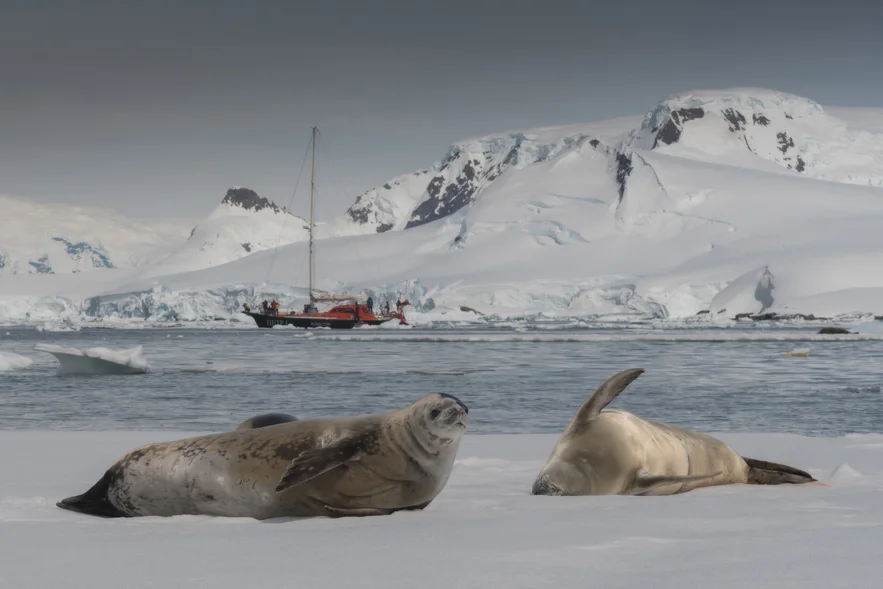
- Leopard Seals: Since they are carni-vorous, the Leopard Se als dominates the trophic structure of Antarctica. They eat penguins, and also other seals, and would often enough be seen lying on ice or swimming in surrounding water.
- Weddel Seals: One of the commonly sighted seals during Antarctica is Wedell Seals. One of the bizarre species too, it shows up fairly regularly in boats and Zodiacs during any tours undertaken to go over to the concerned areas.
- Crabeater Seals: The name itself is an irony because it feeds almost exclusively on krill; a small shrimp-like animal on the bottom rungs of the Antarctic food chain.
- Ross Seals: They come up at times as compared with others. At times, however, they break into the Ross Sea region. Curved broad faces and silvery gray fur completed the frozen landscapes.
Whales
Many species of whales stop, drift through, and feed on krill-based krill seasons from Antarctica. Beyond this bloom of nutrients in the water, it’s the open-ended smorgasbord. Included among the participants,
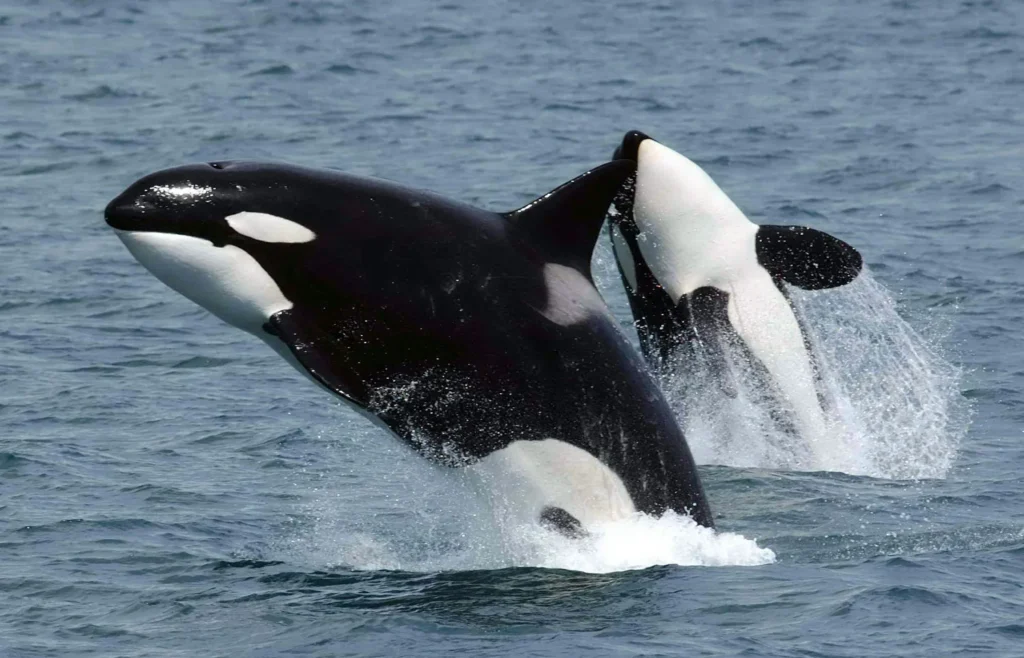
- Humpback Whales: Much big cetacean is seen in much water and many confirmed sightings have proved that there’s enough food there to draw a really giant-sized aggregation.
- Minke Whales: These are the smallest baleen whales and the most common of all the species. You mostly see swimming just off the shore in the Zodiac excursions.
- Blue Whales: This is the largest animal that has ever been known to exist on earth. Sometimes the big animals can be seen floating in the water around Antarctica and these are particularly evident during summer whenever it drifts to feed.
Seabirds
Other members of this family are sea birds most of which fit appropriately in the cold provided by Southern Ocean.
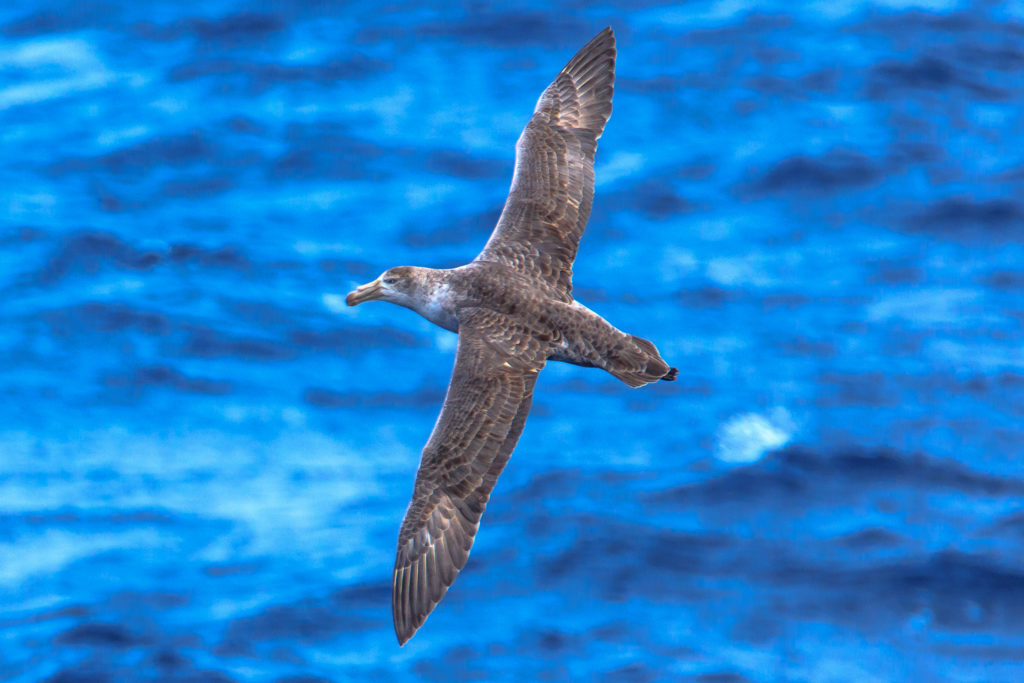
- Albatrosses: Albatross Fly over Ice Floes. People get wind that carry its track over the ground like that; catch sight of big albatross.
- Petrels: Small sea birds; one might see some flying across the ice or, better still, sitting upon an ice floe. Thousands of birds crossing thousands of miles above the water.
- Skuas: Birds of this genus are a fierce sea bird, the opportunistic predatory/feeding habits skua’s display also show them to scavenge. Also theft of food from other avian species, even taking it off Penguins.
Accommodations in Antarctica
To stay over on an expedition cruise or, which type of research station, accommodation available in Antarctica to apply for depends.
On Expedition Cruises
Undoubtedly, the most traditional form of traveling to Antarctica would be via the luxury expedition cruises. These have comfortable cabins like private cabins where the bathrooms are located inside and spacious lounges exist. Some cruises have spa facilities and fitness centers aboard; some boast panoramic observation decks.

This will be much more of a personal experience because the vessels will be smaller. Besides easier Zodiac landitions, it accesses much harder-to-reach areas more easily. Luxury expeditions mainly accompany expert guides, naturalists, and historians that offer educational presentations and to aid visitors in interpreting what they see and experience in the lands and wildlife.
Research Stations
Much more practical accommodations are available at the research stations, McMurdo Station, or Palmer Station. Indeed, they were built for scientists and researchers who will spend all of one year there living in Antarctica. They are not intended for the traveler to use as a visitor. Sometimes, one may take guided tours; on occasion, even staying overnight is permitted. Sleeping rooms are dormitories or simple single rooms that share a meal service.

All of that is some interesting view of scientific work performed in Antarctica. Yet for some reason, those places transfer feelings that only a few lucky people can visit and enjoy it because it really feels pretty unique.
Sustainability and Responsible Tourism in Antarctica
The environment in Antarctica is very sensitive, and the tour operators and researchers have well prioritized sustainability and sustainable tourism. The scale at which tourism is regulated in Antarctica concerning the Antarctic Treaty System is huge for the reduction of devastating human activities on the environment.

Protective measures of Antarctica include the following:
- Tourism with Visitor Controls: Tourism to an area has visitor controls so as not to damage wildlife and its ecosystems.
- Leave No Trace Principles: A visitor is taken through on not leaving trace behind.
- Protection of Wildlife: There is protection for wildlife because visitors cannot disrupt movement of animals instead limit the time with the wildlife in order not to stress the animal.
- Wildlife Protection: The best times to visit Antarctica are these summer times of the season between November and March when it is warm enough and animals born get pretty active, and even in time-permitting circumstances, provided it is long enough, its days can be spent exploring places.
Conclusion: Lifetime Experience of Antarctica
Antarctica is indeed a true last frontier on earth. The landscapes are breathtaking-the icebergs tower as high as mountains and there exist giant glaciers-and maybe even at a glimpse, its special wildlife, penguins, seals, and whales. One of the biggest bucket-listed experiences for travel enthusiasts, and if that alone wouldn’t be enough, there is that rich history of exploration and scientific discovery concerning the continent.
However, traveling to Antarctica is not a piece of cake. This continent is very cold, of high expenses, and very remote. Serious planning and preparation should be done before visiting. However, there are no shortfalls of reward for willing visitors. The best time to visit Antarctica would be when the austral summer period falls within November and March. It is the time when wildlife is very active with fairly good exploration conditions.
Such a sensitive region demands responsibility in this precinct of beauty. Another strong reason is tight guidelines accompanied by responsible tourism mechanisms that ensure such a beautiful pristine region stays preserved for successive generations.
One of such unforgettable adventures is to visit Antarctica. It has a chance in a lifetime to behold some of the world’s most majestic landscapes and the wildlife. All those yearning to see this at least once in life promise to leave an impression in one’s memory for all times.
FAQs About Visiting Antarctica
- When to Tour Antarctica
Antarctica is only open for a visit in the summer; that is between November to March when it gets just warm enough and there are many animals to see as well as long days during which to view the continent.
2. How Cold is Antarctica?
Temperatures can range from as low as -2°C (28°F) on coastal sites on the Antarctic Peninsula in summer or fall to as low as -60°C (-76°F) inland during the winter months. Get pretty cold so dress warmly.
- Is it safe to travel to Antarctica?
Very much so, though-with experience expedition companies going to the frozen continent, proper education, right equipment, and proper planning tend to reduce risks at hand.
- Is there an air link to Antarctica?
There are a few charter flights which land on King George Island or at some of the research stations so you might step off a plane into Punta Arenas in Chile. Some questions we get asked, with brief answers.
- Can I take some penguins onboard for my cruise in Antarctica?
Absolutely! And literally, as a result of the fact that no one comes to Antarctica without first going over for the attraction of the first sight, i.e., for those curious creatures called penguins. You will meet some or most of them: Emperor Penguin, Gentoo Penguin, Chinstrap Penguin, and so on and so forth.
More Information About this Topic
It encompasses destinations to watch species of wild life and the past preparations one undertaking a tour to this ice continent. Some views are still unsplit, thus natural with history in its own right that makes Antarctica one of those destinations that the tourist would certainly experience some extent of uniqueness. Undeniably is once in a lifetime experience for adventure tourism and nature enthusiasts or history aficionados keen to find out the extensive history.





